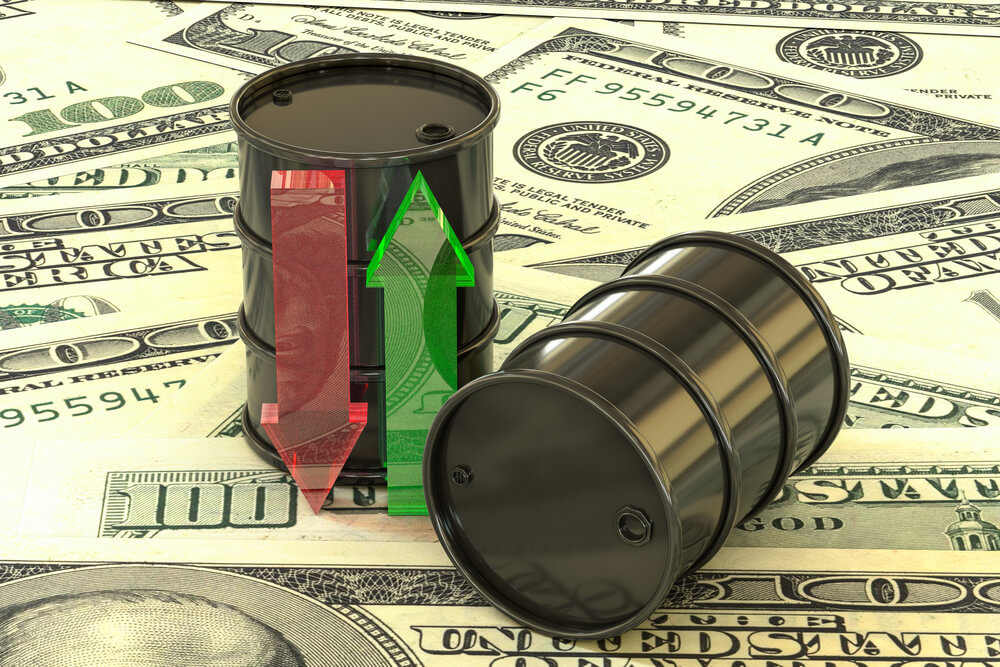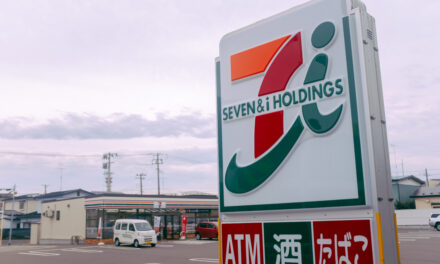A CABIN IN THE WOODS, MINNESOTA — I started a business in 2010. Then I got depressed and stopped working. In 2018, I received a lump sum buyout for my share of the business.
Kate and I put the entire amount into gold and silver. A couple of months ago, I sold some of the gold and bought shares in oil tanker companies.
In this essay, I’ll explain why I did that.
And I’ll explain why — even though my shares have quickly fallen over 30%, and I’ve lost an uncomfortable amount of money — I’m sticking doggedly with the idea.
But first…
Driving Around America
Greetings from our cabin in the woods…
For the last eight weeks, we’ve been driving around America, sleeping in a tent, eating fast food from drive-thrus, and washing in public bathrooms.
We started in Florida. We’re now in Minnesota. Soon we’ll be in Yellowstone Park. After that, we go to Canada.
After Canada, who knows? We have no home to go back to… so we’ll probably keep wandering the Earth until we find somewhere we like…
Last week, we took a well-deserved break at a cabin in the woods in Minnesota. This week, we’re hitting the road again.
We’re going to see the source of the Mississippi River and then we’re going to Iowa to learn about hog farming…
What did we do to celebrate the Fourth of July?
We picked up sticks and branches around the cabin. (There was a strong storm here last week.)
We jumped on the trampoline, I talked on the phone to some friends, and we watched some movies.
For food, we ate bagels, chips and salsa and microwavable breakfast sandwiches.
Back to tankers…
A Feast or Famine Business
This is my two-minute explanation of how the tanker industry works. It’s a bit simplistic, but you’ll get the idea…
Have you ever tried to book an Uber during peak hours… and they’ve increased their prices to “surge” pricing that’s two or three times the normal price?
Think of oil tankers as Uber drivers, cruising the oceans looking for cargoes. (As I said, this is a simplistic explanation.)
There’s an old saying in the shipping business: “Either there are too many ships, or there are too few ships.”
Most of the time, there are too many ships. Vessels outnumber cargoes and the shippers struggle hard to make a living.
As I’ve said many times, oil shipping — like Uber driving — is NOT a good business. It’s a low-margin, inconsistent, capital-intensive business where you’re lucky if you can grind out a profit most years.
I’ve heard someone say that tankers lose money in seven out of 10 years, on average.
But here’s the thing… Occasionally you get these awesome “surges” in freight rates because there aren’t enough ships for the cargoes, and shippers panic to secure a vessel.
They pay stratospheric rates for moving their cargoes.
These surges are always temporary and are usually caused by something that limits supply — that is, the number of ships plying the sea. (The demand for shipping oil cargoes has been pretty consistent over the years.)
For example, in September 2019, President Donald Trump put sanctions on Cosco, a Chinese shipper. It caused a panic in the industry. For a while, nobody would touch any tanker connected with Cosco.
Normally, a very large crude carrier (VLCC) commands $20,000 to $30,000 a day for its services. After the Cosco sanctions, rates spiked to over $200,000 a day.
The COVID-19 lockdowns also caused a huge temporary surge in tanker rates.
World crude oil consumption dropped 20% all of a sudden, and oil producers had nowhere to store the oil they’d just pumped out of the ground.
The excess oil went into about 150 oil tankers anchored in various ports around the world. Suddenly, there weren’t enough ships for transporting oil. Rates spiked again to over $200,000 a day.

One of these surges in the tanker business can make up for years of losses. A few of them in a row can make shipping investors rich.
So basically, it’s a feast or famine business. Most of the time, it’s famine. Some of the time, it’s feast. And the feasts have to pay for the famines in order to keep the industry functioning.
As a shipping investor, your job is to capture these “surge” periods and avoid the “lull” periods.
How do you do that?
I’ll explain later this week…
Tom Dyson
Editor, Postcards From the Fringe
• This article was originally published by Bonner & Partners. You can learn more about Bill and Bill Bonner’s Diary right here.




